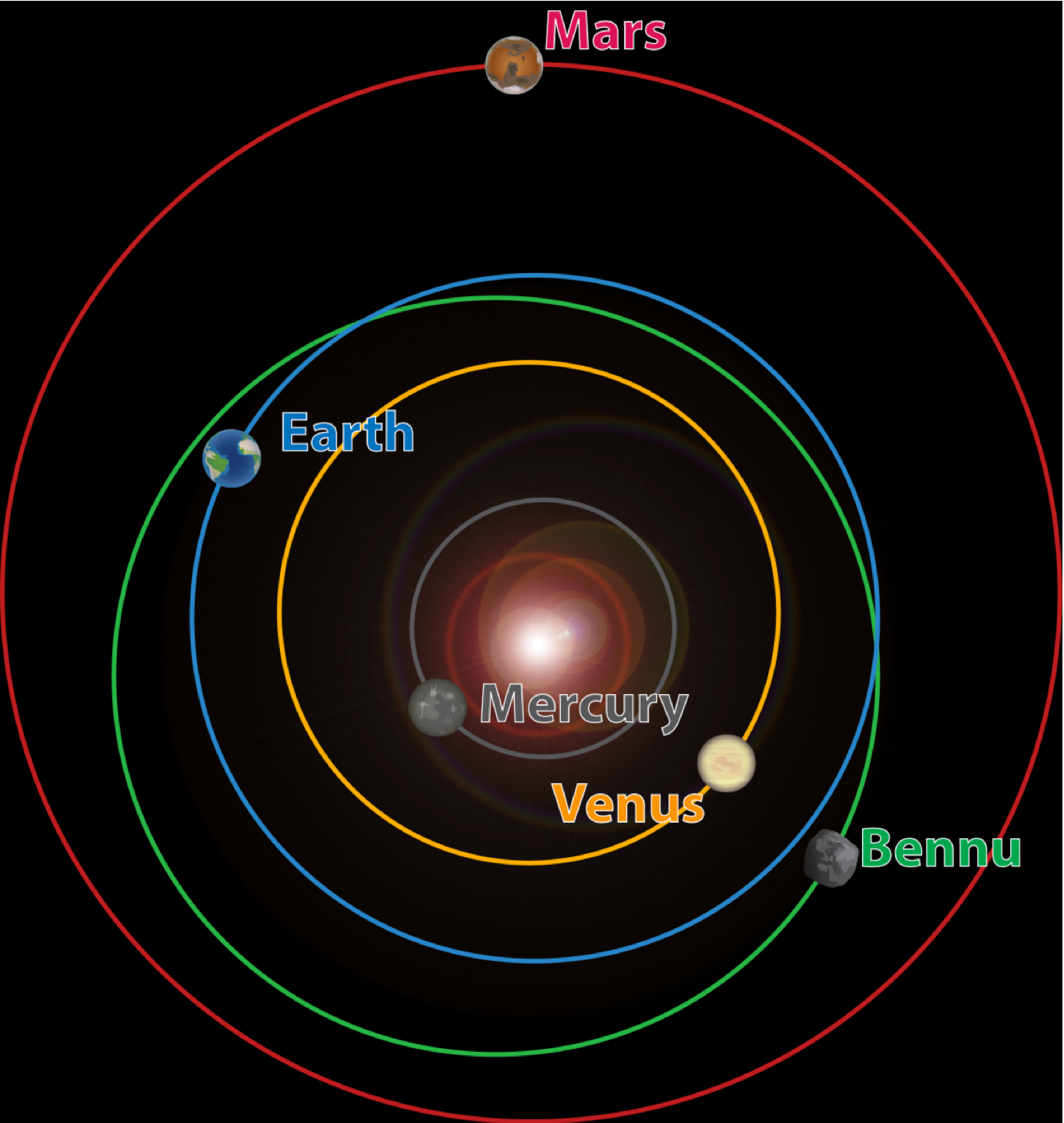Asteroid Belt - Wikipedia Where Do Asteroids Orbit

The asteroids of the inner Solar System and Jupiter: The belt is located between the orbits of Jupiter and Mars.
.
.jpg)
The asteroid belt is a (whose diameter is 1200 km).
).
The asteroid belt formed from the primordial objects.
On 22 January 2014,
History of observation[]
noticed in 1596 irregularities in the orbits of Mars and Jupiter, which were later explained by the gravity from the asteroids.
In 1596, in 1781, the planet's orbit matched the law almost perfectly, leading astronomers to conclude that there had to be a planet between the orbits of Mars and Jupiter.

, the largest object in the asteroid belt. Ceres was known as a planet, but later reclassified as an asteroid and from 2006 as a dwarf planet.
On January 1, 1801, Giuseppe Piazzi, chair of astronomy at the of all eight planets of the time (Mercury, Venus, Earth, Mars, Ceres, Jupiter, Saturn and Uranus).
Fifteen months later, .
Accordingly, in 1802, William Herschel suggested they be placed into a separate category, named "asteroids", after the
Neither the appellation of planets nor that of comets, can with any propriety of language be given to these two stars ... They resemble small stars so much as hardly to be distinguished from them. From this, their asteroidal appearance, if I take my name, and call them Asteroids; reserving for myself, however, the liberty of changing that name, if another, more expressive of their nature, should occur.
By 1807, further investigation revealed two new objects in the region: Modern asteroid survey systems now use automated means to locate new minor planets in ever-increasing quantities.

Origin[]
The asteroid belt showing the orbital inclinations versus distances from the Sun, with asteroids in the core region of the asteroid belt in red and other asteroids in blue
Formation[]
In 1802, shortly after discovering Pallas, Olbers suggested to Herschel that Ceres and Pallas were . This gravitational accretion led to the formation of the planets.
Planetesimals within the region which would become the asteroid belt were too strongly
Evolution[]
The asteroids are not samples of the primordial Solar System. They have undergone considerable evolution since their formation, including internal heating (in the first few tens of millions of years), surface melting from impacts,
In 2006 it was announced that a population of
Characteristics[]
, a carbonaceous chondrite that fell to Earth in Mexico in 1969

Contrary to popular imagery, the asteroid belt is mostly empty. The asteroids are spread over such a large volume that it would be improbable to reach an asteroid without aiming carefully. Nonetheless, hundreds of thousands of asteroids are currently known, and the total number ranges in the millions or more, depending on the lower size cutoff. Over 200 asteroids are known to be larger than 100 km,
Composition[]
The current belt consists primarily of three categories of asteroids: C-type or carbonaceous asteroids, S-type or silicate asteroids, and M-type or metallic asteroids.
removed.
The spectra of their surfaces reveal the presence of silicates and some metal, but no significant carbonaceous compounds. This indicates that their materials have been significantly modified from their primordial composition, probably through melting and reformation. They have a relatively high albedo and form about 17% of the total asteroid population.
One mystery of the asteroid belt is the relative rarity of However, due to rotation, the surface temperature of an asteroid can vary considerably as the sides are alternately exposed to solar radiation and then to the stellar background.
Main-belt comets[]
Several otherwise unremarkable bodies in the outer belt show
Orbits[]
The asteroid belt (showing eccentricities), with the asteroid belt in red and blue ("core" region in red)
Most asteroids within the asteroid belt have orbital eccentricities of less than 0.4, and an inclination of less than 30°. The orbital distribution of the asteroids reaches a maximum at an eccentricity of around 0.07 and an inclination below 4°., some asteroid orbits can be highly eccentric or travel well outside the ecliptic plane.
Sometimes, the term main belt is used to refer only to the more compact "core" region where the greatest concentration of bodies is found. This lies between the strong 4:1 and 2:1
Kirkwood gaps[]
)
Zone II: middle main-belt (2.5 AU < a < 2.82 AU)
Zone III: outer main-belt (a > 2.82 AU)
The or due to prior perturbations or collisions) are gradually nudged into different, random orbits with a larger or smaller semi-major axis.

.jpg)



0 Comments
Posting Komentar